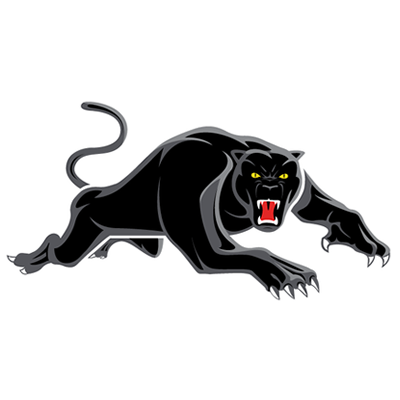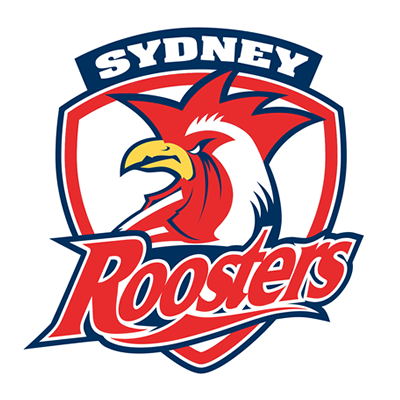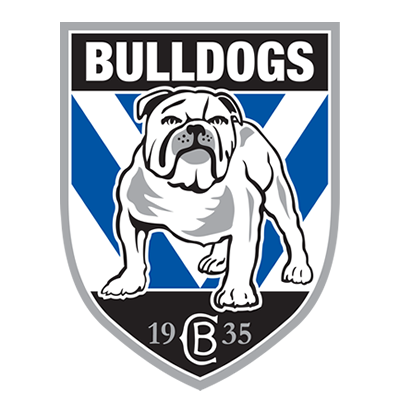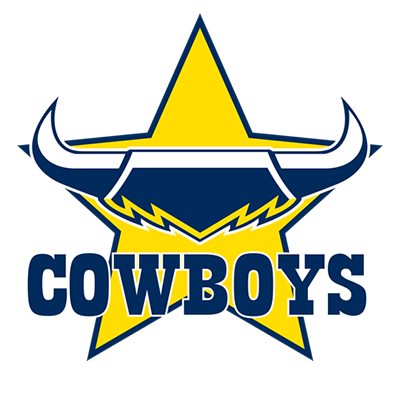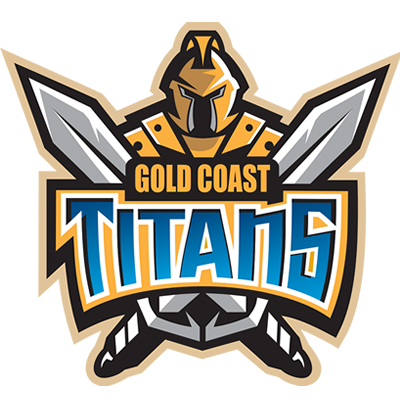Hamstring strains are the most common non contact injuries sustained in all football codes and the incidence hasn’t changed significantly over the last 50 years or so despite extensive research into treatment and prevention. With the recent spate of hamstring injuries in the NRL I’d like to discuss causes , treatment and prevention of hamstring injuries.
Firstly a brief rundown of the anatomy . There are 3 hamstring muscles -biceps femoris (which has a long and short head), semimembranosis and semitendinosis. These muscles flex the knee and extend the hip. Even though the maximum load on these 3 muscles is roughly the same when the extended knee starts to flex (especially when sprinting), it is the long head of the biceps which is torn in the majority of cases. This is because the groups of muscle fibres (fascicles) of the biceps femoris long head are shorter than the other hamstring muscles and are more likely to tear when stretched . In fact the long head of biceps increases in length up to 12% when sprinting.
Hamstring tears can occur in the muscle,tendon or junction of the muscle and tendon. The higher the tear ,in general, the longer the recovery time as it usually involves the tendon (which has a relatively small blood supply. ) Scar tissue can form in these tears (from 6 weeks post injury up to even 6 months afterwards) and this can compromise the biomechanics of the area.
MRI is the modality of choice when assessing hamstring tears and helps when deciding when to return to the field. If you return despite an abnormal MRI (such as persistent oedema) there is an increased chance of re-injuring the same hamstring.The risk of re-injuring the same hamstring within a month or so of returning from a hamstring injury is fairly high because it takes 3 to 6 months to regain full strength in the injured hamstring.
Treatment for hamstring tears is fairly straightforward but it is the prevention of hamstring tears which generates the most discussion in the medical fraternity . I’ll discuss the best options in my next post .
Firstly a brief rundown of the anatomy . There are 3 hamstring muscles -biceps femoris (which has a long and short head), semimembranosis and semitendinosis. These muscles flex the knee and extend the hip. Even though the maximum load on these 3 muscles is roughly the same when the extended knee starts to flex (especially when sprinting), it is the long head of the biceps which is torn in the majority of cases. This is because the groups of muscle fibres (fascicles) of the biceps femoris long head are shorter than the other hamstring muscles and are more likely to tear when stretched . In fact the long head of biceps increases in length up to 12% when sprinting.
Hamstring tears can occur in the muscle,tendon or junction of the muscle and tendon. The higher the tear ,in general, the longer the recovery time as it usually involves the tendon (which has a relatively small blood supply. ) Scar tissue can form in these tears (from 6 weeks post injury up to even 6 months afterwards) and this can compromise the biomechanics of the area.
MRI is the modality of choice when assessing hamstring tears and helps when deciding when to return to the field. If you return despite an abnormal MRI (such as persistent oedema) there is an increased chance of re-injuring the same hamstring.The risk of re-injuring the same hamstring within a month or so of returning from a hamstring injury is fairly high because it takes 3 to 6 months to regain full strength in the injured hamstring.
Treatment for hamstring tears is fairly straightforward but it is the prevention of hamstring tears which generates the most discussion in the medical fraternity . I’ll discuss the best options in my next post .


